-
 Bitcoin
Bitcoin $117800
0.42% -
 Ethereum
Ethereum $4436
0.39% -
 XRP
XRP $3.106
0.86% -
 Tether USDt
Tether USDt $1.001
0.04% -
 BNB
BNB $835.4
1.26% -
 Solana
Solana $188.8
2.21% -
 USDC
USDC $0.9999
0.00% -
 Dogecoin
Dogecoin $0.2302
2.98% -
 TRON
TRON $0.3484
-1.05% -
 Cardano
Cardano $0.9212
-1.20% -
 Hyperliquid
Hyperliquid $46.77
-0.77% -
 Chainlink
Chainlink $22.76
5.64% -
 Stellar
Stellar $0.4278
0.68% -
 Sui
Sui $3.771
2.39% -
 Bitcoin Cash
Bitcoin Cash $583.7
-0.91% -
 Ethena USDe
Ethena USDe $1.001
0.04% -
 Hedera
Hedera $0.2520
2.88% -
 Avalanche
Avalanche $24.28
2.56% -
 Litecoin
Litecoin $120.1
1.44% -
 Toncoin
Toncoin $3.452
1.46% -
 UNUS SED LEO
UNUS SED LEO $9.409
-0.95% -
 Shiba Inu
Shiba Inu $0.00001298
2.02% -
 Uniswap
Uniswap $11.01
3.56% -
 Polkadot
Polkadot $3.962
2.81% -
 Dai
Dai $1.000
0.00% -
 Bitget Token
Bitget Token $4.639
1.16% -
 Cronos
Cronos $0.1511
-0.06% -
 Ethena
Ethena $0.7254
2.87% -
 Monero
Monero $255.7
7.41% -
 Pepe
Pepe $0.00001101
2.80%
How to choose the right network when transferring money with Ethereum wallet?
Choosing the right Ethereum network for transfers is crucial; selecting the wrong one can lead to irreversible loss of funds. Consider urgency, transaction size, and your risk tolerance when deciding between Mainnet and faster, cheaper Layer-2 solutions like Optimism or Arbitrum.
Mar 21, 2025 at 10:35 pm
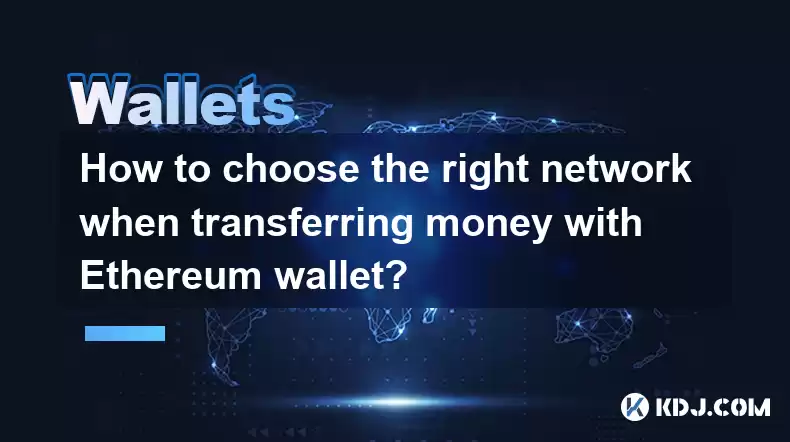
How to Choose the Right Network When Transferring Money with an Ethereum Wallet
Transferring funds using an Ethereum wallet involves selecting the appropriate network, a crucial step often overlooked by newcomers. The choice impacts transaction fees (gas fees) and transaction speed. Understanding the available networks is paramount to avoiding costly mistakes and delays. This article will detail the process of selecting the right network for your Ethereum transfer.
Ethereum's network landscape is not monolithic. The primary networks you'll encounter are Ethereum Mainnet, and various Layer-2 scaling solutions. Each possesses unique characteristics regarding speed, cost, and security. Incorrect network selection can lead to lost funds, so careful consideration is necessary.
Understanding Ethereum Mainnet
The Ethereum Mainnet is the original and most secure Ethereum blockchain. It's also the most expensive and slowest. Transactions on Mainnet are processed by miners who verify and add blocks to the chain. This process is resource-intensive, resulting in higher gas fees. While secure, it's generally not ideal for frequent or small transactions.
Exploring Layer-2 Solutions
Layer-2 scaling solutions aim to improve Ethereum's scalability by processing transactions off-chain. This significantly reduces congestion and lowers gas fees. Popular Layer-2 solutions include:
- Optimism: Optimism uses optimistic rollups to bundle transactions and verify them on Mainnet. This offers a balance between speed and security.
- Arbitrum: Similar to Optimism, Arbitrum uses optimistic rollups for faster and cheaper transactions. It's known for its high throughput.
- Polygon (Matic): Polygon is a sidechain that offers significantly faster transaction speeds and lower fees compared to Mainnet. However, it has a slightly higher security risk compared to rollups.
- zkSync: zkSync utilizes zero-knowledge proofs to verify transactions, offering high security and scalability. It's a relatively new player but quickly gaining popularity.
Choosing the Right Network: A Step-by-Step Guide
Before initiating a transfer, carefully assess your needs:
- Determine the urgency of the transaction: For immediate transfers, a Layer-2 solution is generally preferable. If time is less critical, Mainnet is an option, though less economical.
- Evaluate the transaction amount: For small amounts, the higher gas fees of Mainnet might outweigh the negligible speed difference compared to Layer-2 solutions. Larger amounts justify the use of a faster and cheaper Layer-2 network.
- Assess your risk tolerance: While Layer-2 solutions generally offer high security, Mainnet remains the most secure option. Understand the trade-offs between speed, cost, and security before proceeding.
- Check the supported networks on your wallet and exchange: Not all wallets and exchanges support all Ethereum networks. Verify compatibility before selecting a network.
- Double-check the recipient's address and the selected network: Ensure the address is correct and matches the selected network to prevent irreversible loss of funds. Mistakes here are costly.
Common Questions and Answers:
Q: What happens if I send ETH to the wrong network?
A: Sending ETH to the wrong network results in irreversible loss of funds. The tokens will be stranded, inaccessible from your intended destination. Always double-check the network before confirming any transaction.
Q: Are Layer-2 networks as secure as Ethereum Mainnet?
A: While Layer-2 solutions significantly enhance scalability, they generally present a slightly higher security risk than Mainnet. However, reputable Layer-2 solutions employ robust security measures to minimize these risks.
Q: How do I choose between Optimism and Arbitrum?
A: Both Optimism and Arbitrum are reputable Layer-2 solutions. The choice often depends on specific factors like gas fees at the time of transaction and personal preference. Compare fees on both networks before deciding.
Q: What are the gas fees like on different networks?
A: Gas fees vary considerably depending on network congestion and transaction size. Mainnet generally has the highest fees, while Layer-2 solutions offer significantly lower costs, although they can fluctuate. Always check current gas fees before initiating a transaction.
Q: Can I transfer tokens between different Ethereum networks?
A: Direct transfers between networks are usually not possible. You may need to bridge your tokens using a bridge service which often involves additional fees and some time delay. This process varies based on the specific networks involved.
Q: What if my wallet doesn't support Layer-2 networks?
A: If your wallet doesn't support Layer-2 networks, you're limited to using the Ethereum Mainnet. Consider switching to a wallet that supports Layer-2 solutions for a more cost-effective and efficient experience.
Q: How can I monitor the status of my transaction?
A: Most wallets provide transaction tracking tools that allow you to monitor the status of your transfer. Block explorers for the specific network (e.g., Etherscan for Mainnet) can also be used to track transactions.
Q: Is it safe to use a Layer-2 network for large transactions?
A: Reputable Layer-2 networks employ sophisticated security measures, making them suitable for large transactions. However, always exercise caution and verify the legitimacy of the network and any associated bridge services before making large transfers.
Disclaimer:info@kdj.com
The information provided is not trading advice. kdj.com does not assume any responsibility for any investments made based on the information provided in this article. Cryptocurrencies are highly volatile and it is highly recommended that you invest with caution after thorough research!
If you believe that the content used on this website infringes your copyright, please contact us immediately (info@kdj.com) and we will delete it promptly.
- Kazakhstan's Crypto Leap: Bitcoin ETF and Central Asia's Digital Finance Future
- 2025-08-13 12:45:19
- BlockDAG Presale Blazes Past $371M: Fundraising Frenzy Fuels Crypto Sensation
- 2025-08-13 13:05:21
- Meme Coins: Chasing the 2025 Surge – Which Will Moonshot?
- 2025-08-13 10:25:23
- Bitcoin's Wild Ride: Rally, Pullback, and What's Next
- 2025-08-13 10:25:23
- Bitcoin, Bitmax, and Institutional Demand: A New Era of Crypto Investment
- 2025-08-13 10:45:12
- Solana, ROAM, and Airdrops: What's the Buzz in 2025?
- 2025-08-13 11:35:13
Related knowledge
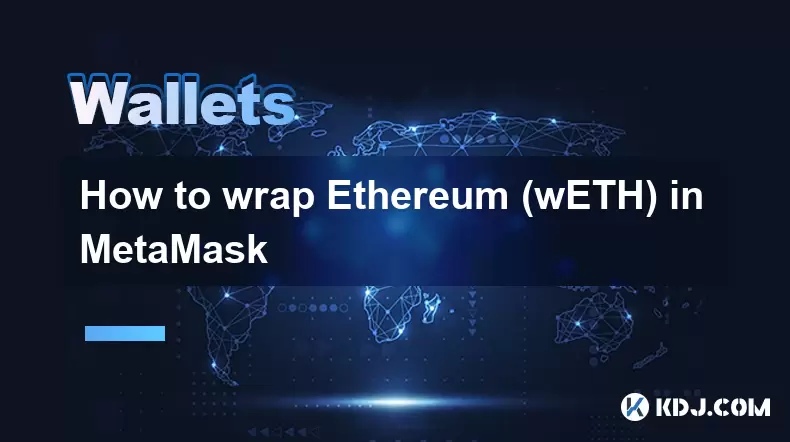
How to wrap Ethereum (wETH) in MetaMask
Aug 13,2025 at 11:36am
Understanding Wrapped Ethereum (wETH)Wrapped Ethereum (wETH) is a tokenized version of native Ethereum (ETH) that conforms to the ERC-20 standard, ena...

How to manage your portfolio in Exodus wallet
Aug 08,2025 at 10:07pm
Understanding the Exodus Wallet InterfaceThe Exodus wallet is a non-custodial cryptocurrency wallet that supports a wide range of digital assets. When...
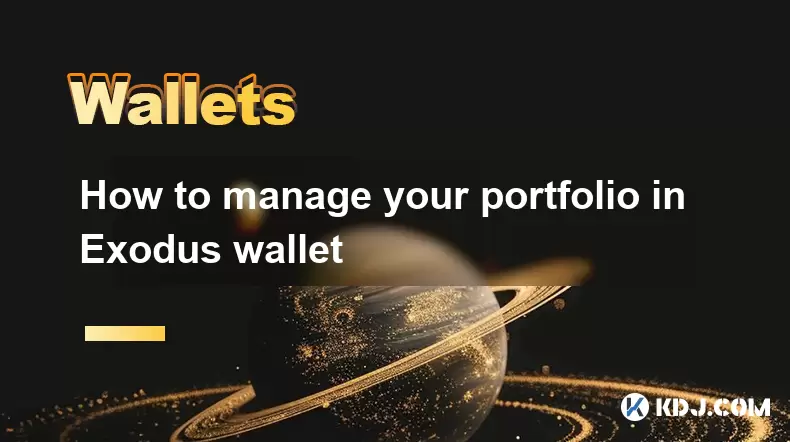
How to manage your portfolio in Exodus wallet
Aug 13,2025 at 11:35am
Understanding the Exodus Wallet InterfaceThe Exodus wallet is a non-custodial cryptocurrency wallet that supports a wide range of digital assets. Upon...

How to reset your MetaMask password
Aug 08,2025 at 01:28pm
Understanding the MetaMask Password Reset ProcessMany users confuse the MetaMask password with the seed phrase or private key, but they serve differen...
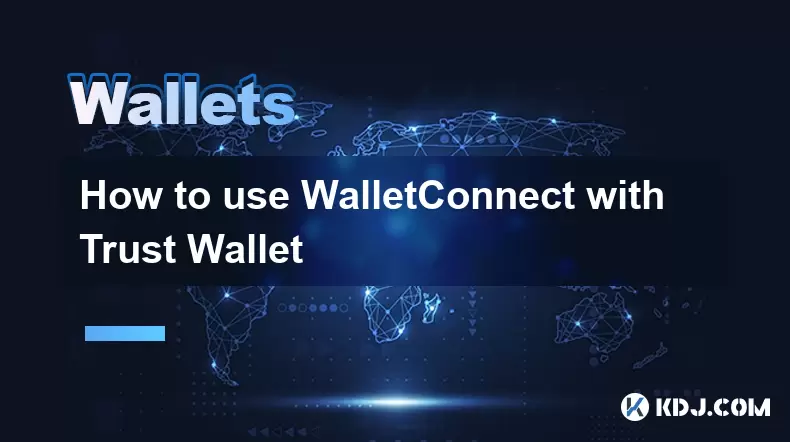
How to use WalletConnect with Trust Wallet
Aug 13,2025 at 01:07am
What Is WalletConnect and Why It Matters for Trust Wallet UsersWalletConnect is an open-source protocol that enables secure communication between dece...
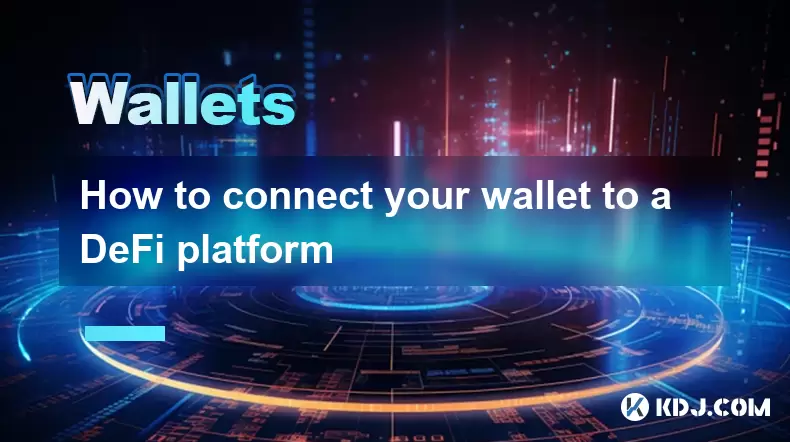
How to connect your wallet to a DeFi platform
Aug 13,2025 at 11:36am
Understanding Wallet Compatibility with DeFi PlatformsBefore connecting your wallet to any DeFi platform, it's essential to ensure your wallet is comp...

How to wrap Ethereum (wETH) in MetaMask
Aug 13,2025 at 11:36am
Understanding Wrapped Ethereum (wETH)Wrapped Ethereum (wETH) is a tokenized version of native Ethereum (ETH) that conforms to the ERC-20 standard, ena...

How to manage your portfolio in Exodus wallet
Aug 08,2025 at 10:07pm
Understanding the Exodus Wallet InterfaceThe Exodus wallet is a non-custodial cryptocurrency wallet that supports a wide range of digital assets. When...

How to manage your portfolio in Exodus wallet
Aug 13,2025 at 11:35am
Understanding the Exodus Wallet InterfaceThe Exodus wallet is a non-custodial cryptocurrency wallet that supports a wide range of digital assets. Upon...

How to reset your MetaMask password
Aug 08,2025 at 01:28pm
Understanding the MetaMask Password Reset ProcessMany users confuse the MetaMask password with the seed phrase or private key, but they serve differen...

How to use WalletConnect with Trust Wallet
Aug 13,2025 at 01:07am
What Is WalletConnect and Why It Matters for Trust Wallet UsersWalletConnect is an open-source protocol that enables secure communication between dece...

How to connect your wallet to a DeFi platform
Aug 13,2025 at 11:36am
Understanding Wallet Compatibility with DeFi PlatformsBefore connecting your wallet to any DeFi platform, it's essential to ensure your wallet is comp...
See all articles

























































































